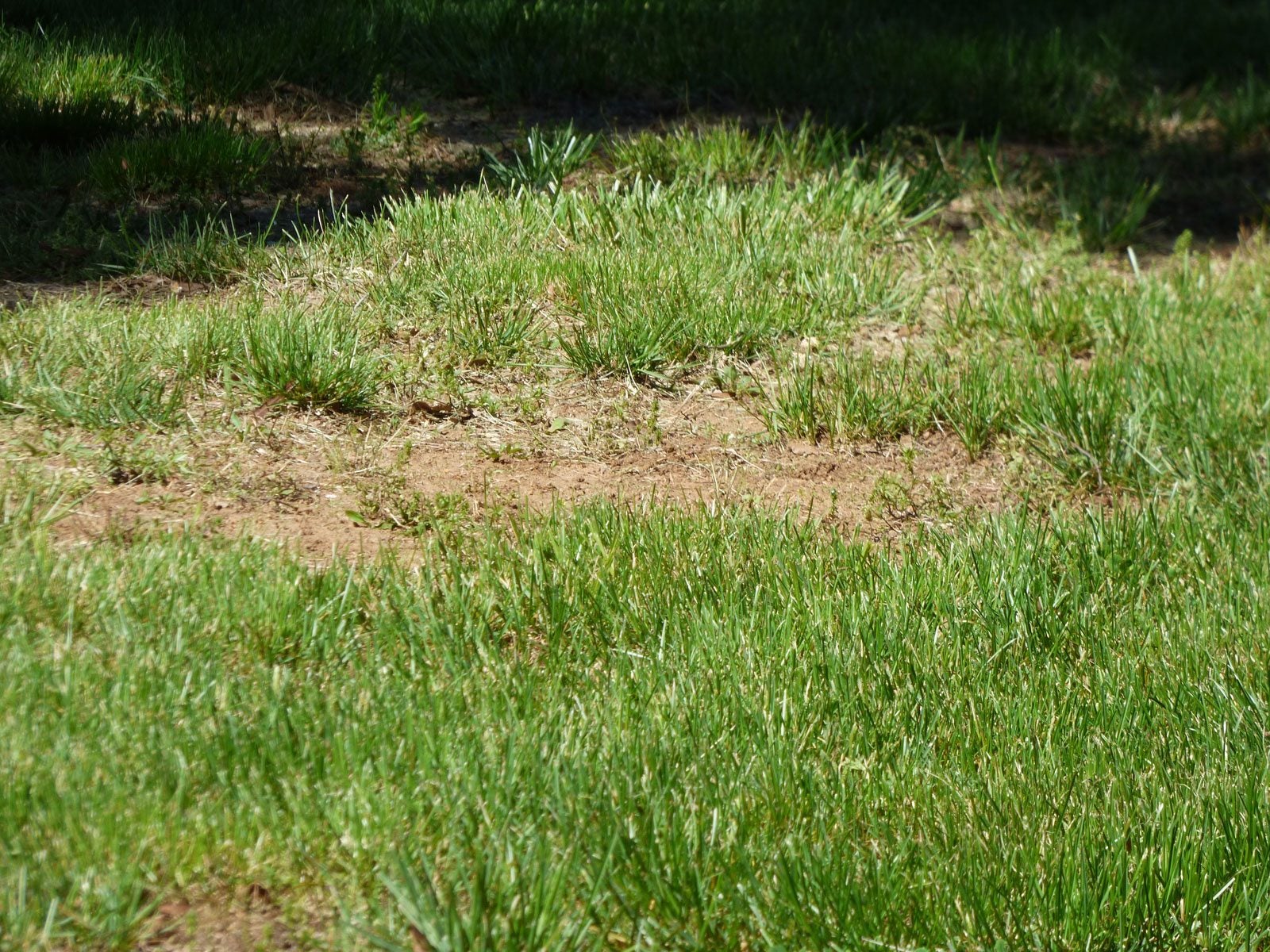Brown Lawn Care: Reasons For Dying Grass And How To Treat


Wondering about reasons for dying grass and how to revive a dead lawn? There are a number of possible causes and no easy answers. The first step to brown lawn care is figuring out why it happens.
Reasons for Dying Grass
So can a brown lawn be saved? Depending on your particular circumstances, generally, yes. That being said, you should try to pinpoint what is causing the browning in the first place.
Drought: This a big problem across much of the country these days, and drought is one of the primary reasons for dying grass. Many people opt not to water their lawns during the summer, but this may be a mistake when there isn’t enough rain to keep the roots alive. Grass naturally goes dormant after two to three weeks without water, and most lawns can tolerate drought for four to six weeks, although they will turn brown. However, extended periods of hot, dry weather may kill the lawn. How to revive a dead lawn?
Bad news: If the grass is totally dead due to drought, there’s no way to bring it back. However, reviving brown lawns that are simply dormant usually occurs within three to four weeks of regular irrigation.
Thatch: If your lawn turns brown in spots when summer rolls around, you may have a problem with thatch – a thick layer of decomposed plant matter, roots and partially decomposed stems, that builds up under the roots. Thatch usually isn’t caused by clippings, which decompose quickly and add healthy nutrients to your lawn. To determine if you have too much thatch, dig a 2 inch (5 cm.) deep chunk of grass. A healthy lawn will have about ¾ to 1 inch (2-2.5 cm.) of brown, spongy thatch between the green grass and the surface of the soil. If you have more than that, you may have to take steps to control it.
Improper Mowing: Mowing the lawn too short can stress the grass and cause it to turn dry and brown. As a general rule of thumb, remove no more than one-third the height at each mowing. Although a length of 2 ½ inches (6 cm.) is okay, 3 inches (8 cm.) is healthier during summer heat. Mow regularly and don’t allow the grass to become too long.
Improper Watering: Water your lawn deeply about once a week, or when the grass looks slightly wilted, providing about an inch (2.5 cm.) of water each time. Avoid frequent, shallow irrigation which results in weak roots that can’t tolerate summer heat. Don’t water if the lawn doesn’t need it.
Sign up for the Gardening Know How newsletter today and receive a free copy of our e-book "How to Grow Delicious Tomatoes".
Insects: If your lawn is brown, pull up a small area of turf. Pest-infested grass pulls up easily because the roots are damaged. Pests tend to invade overly watered, excessively fertilized lawns or neglected lawns. Keep your lawn healthy, but don’t pamper it. Grubs are the most prevalent lawn pest.
Salt damage: Salt damage may be the reason if the brown lawn is adjacent to a street, driveway, or sidewalk. A good soaking should help dilute the saline concentration, but you may have to reseed the lawn if the damage is too severe.
Pet spots: If your brown grass is limited to small areas, a dog may be going potty on your lawn. Water the grass thoroughly to bring it back to health and teach your puppy to relieve himself in a better spot.
Fungus: Sporadic brown spots in the lawn could be the result of a fungus, a number of which can affect lawns. Now that you know some of the reasons for dying grass, you can better equip yourself in managing the problem. Healthy lawns have fewer issues.

A Credentialed Garden Writer, Mary H. Dyer was with Gardening Know How in the very beginning, publishing articles as early as 2007.